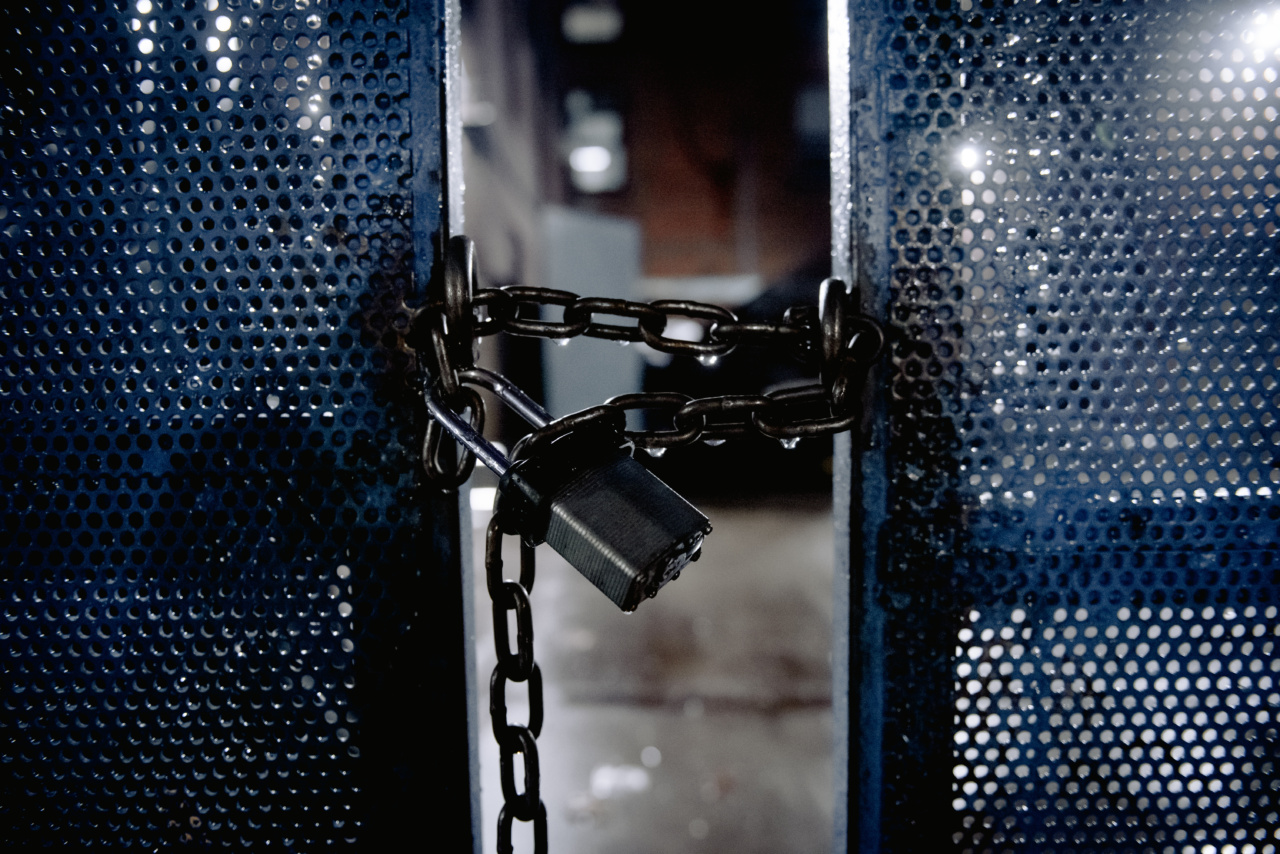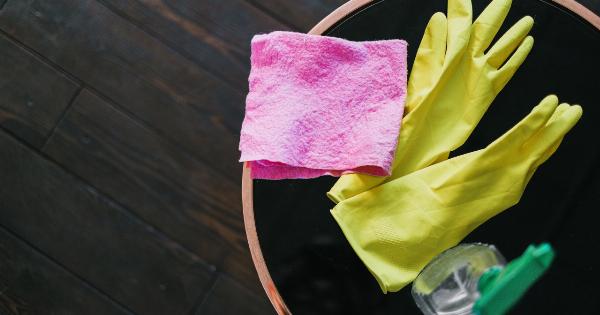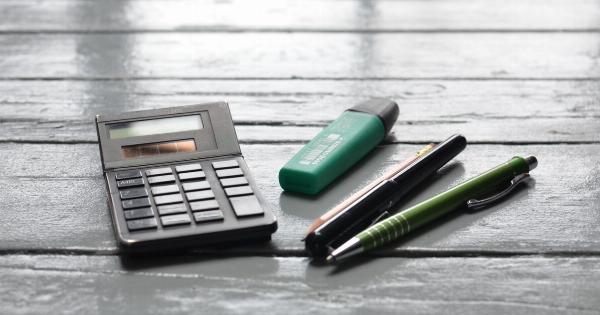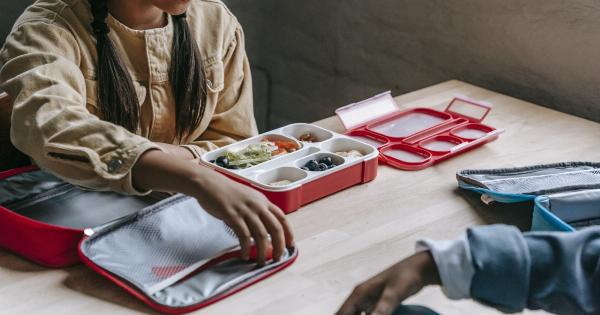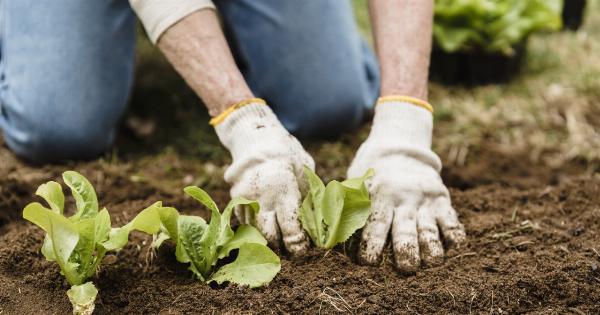Earthquakes are a natural disaster that can strike at any moment. They can cause extensive damage to structures, injury, and even death. Fortunately, there are ways to make your home or residence more resilient to earthquakes.
In this article, we’ll discuss some of the ways you can keep your residence secure from temblors.
Foundation Inspection and Retrofitting
One of the most important components of earthquake safety is the strength and stability of the foundation. Before you begin any retrofitting work, you’ll need to have an inspection done to assess the integrity of your foundation.
Depending on the age of your residence, your foundation may not be up to current building standards. Retrofitting involves adding steel reinforcements or concrete to the foundation to make it more secure during an earthquake.
Brace Your Water Heater and Other Appliances
Water heaters and other appliances are often susceptible to earthquake damage because they aren’t bolted down or braced properly. During an earthquake, the shaking can cause these appliances to tip over and rupture gas lines or water pipes.
A professional can install banded straps or metal brackets to secure your appliances and prevent this type of damage.
Secure Your Home’s Interior
Furniture, bookshelves, and wall hangings can all become dangerous projectiles during a quake. To prevent them from falling and causing injury, make sure you secure them to the walls and floors.
One easy way to secure furniture is to use furniture straps or brackets. Also, place heavier items on lower shelves or in cabinets to prevent them from falling.
Install Shear Walls
Shear walls, also known as braced walls, are an important feature for earthquake-resistant construction. They reduce the seismic effects on the structure by providing lateral bracing that helps resist the side-to-side forces of an earthquake.
Installing shear walls in your home can increase its resistance to earthquake damage and increase your safety.
Replace Windows with Impact-Resistant Glass
Windows are another weak point in many homes and can shatter during an earthquake, causing serious injury and damage. Installing impact-resistant glass can help prevent this.
This type of glass is designed to withstand high winds, debris impacts, and other natural disasters, including earthquakes.
Maintain Your Home’s Structure
A well-maintained home is less likely to be severely affected by an earthquake. Regularly inspect the condition of your residence, including the walls, ceilings, and foundations.
Keep up with any necessary repairs, and make sure any cracks or other damage are addressed promptly.
Invest in an Earthquake Insurance Policy
No matter how much preparation you do, it’s impossible to completely eliminate the risk of earthquake damage. Investing in an earthquake insurance policy can help mitigate the financial consequences of an earthquake.
These policies can help cover the cost of repairing or rebuilding your home after an earthquake and protecting your belongings.
Create an Emergency Plan
In the event of an earthquake, having a plan can save lives. Work with your family or roommates to create an emergency plan that includes communication, evacuation routes, and a designated meeting spot.
Practice the plan to ensure everyone knows what to do in case of an emergency.
Stock Up on Emergency Supplies
Earthquake kits are an essential part of earthquake safety. These kits should include items such as first-aid kits, water, non-perishable food, flashlights, and blankets.
Keeping an earthquake kit on hand can provide peace of mind and help you respond quickly in the event of an emergency.
Conclusion
Preparing your residence for an earthquake requires a combination of professional work and personal effort.
By following the steps outlined in this article, you can increase the resilience of your home, minimize the risk of damage and injury, and be better prepared for an earthquake emergency.
